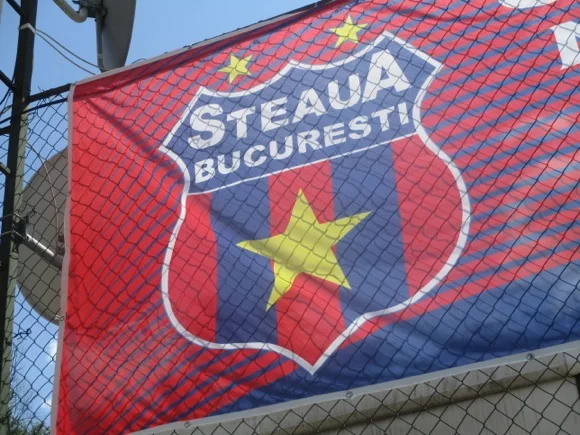The field of dreams – and the stands around it
One of several stadiums selected to co-host Euro 2020, venue for the Europa League Final of 2012 between Atlético Madrid and Athletic Bilbao, the National Arena was opened in 2011 in place of Romania’s old National Stadium.
Built in 1953 and originally named to commemorate the first Romanian uprising against Nazi rule, on August 23, 1944, this classic Communist arena was where Ceaușescu and the party bosses would speak to the masses on May Day – and, of course, on August 23.
The stadium was later renamed in honour of Romanian athlete Lia Manoliu, actually from Chișinău, Moldova, later President of the Romanian Olympic Committee. Crowds of 80,000 and 90,000 witnessed major internationals here, such as Romania’s 2-1 defeat of England in 1980.

No longer fit for modern purpose, the old stadium last saw the national fixture here in 2007, a 6-1 win over Albania.
Over the next three years, and at a cost of €230 million-plus, a five-star, 55,600-capacity arena was built, for football matches and pop concerts. The retractable roof was an expensive afterthought.
Bizarrely, since opening for Euro qualifier against France in September 2011, the National Arena hasn’t yet filled to capacity – not even for the visit of Eastern European royalty, Depeche Mode, in 2013.

Steaua Bucharest’s decision to play European fixtures here in 2013-14 changed the stadium’s status from events arena to home ground – a role extended when Romania’s most successful club began to play all games here from 2015.
Crowds were limited, of course, for the four Euro 2020 finals matches during the pandemic of 2021, although nearly half the arena was filled for the epic knock-out tie between France and Switzerland, a shock win for the Swiss after a 3-3 draw and penalties.
With Romanian football in a lull, it’s doubtful whether capacity will be challenged in a long while. Nations League fixtures in June 2022 were held at Rapid’s new ground. The most prominent iteration of Steaua Bucharest, FCSB, still play home games here, to crowds of around 10,000.
This two-tiered arena is simply divided into two Peluzele (Nord I and Sud II) behind each goal, a main Tribuna I (Vest) and II (Est). The main boulevard, Besarabia, along which tramlines run, gives access to Peluza II Sud. If demand requires, for international fixtures, away fans are allocated sectors 124, 126, 355, 356, 357 and 358, through Gate H, the Main Stand end of the Peluza I Nord accessed via Strada Pierre de Coubertin.

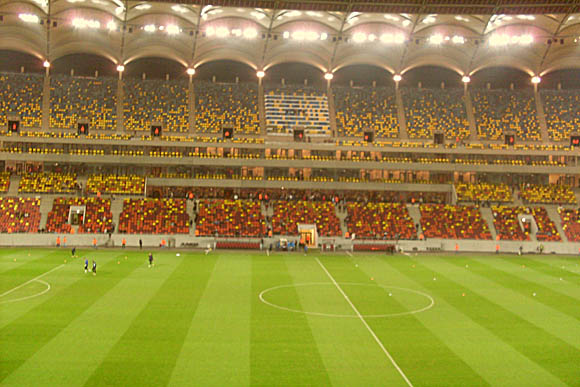




getting there
Going to the stadium – tips and timings
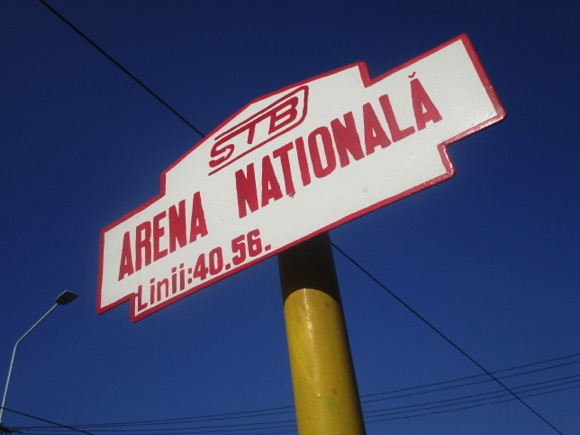
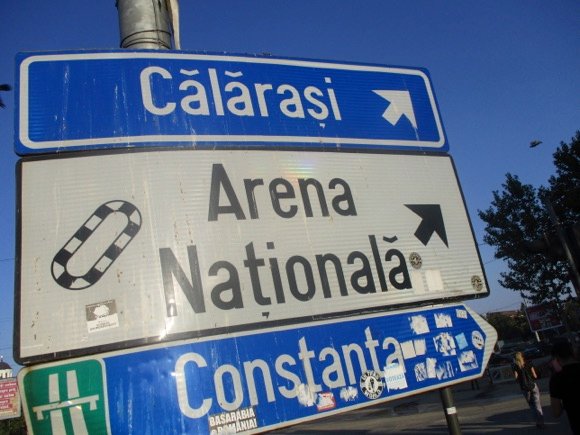
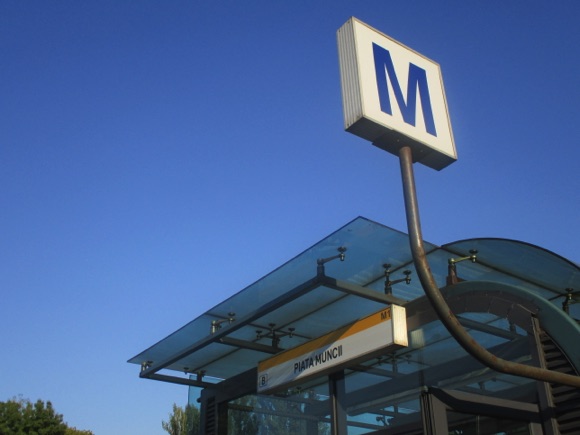
The stadium is a 15min walk from Piața Muncii on yellow metro line M1, directly linked with Gara de Nord and Piața Victoriei. Turn right out of the metro station and head towards the park. Alternatively, you can hop on trams 40 and 56 for two stops, alighting at Stadionul Național.
getting in
Buying tickets – when, where, how and how much

Tickets for all events at the National Arena can be purchased online in English.
For details of arrangements for domestic fixtures, see Steaua Bucharest. The kiosk on Bulevardul Pierre de Coubertin usually operates on match days.
For international games, it’s 30-40 lei/€6-€8 in the Peluzele behind the goals, 50 lei/€10 for the best seats there, and 50 lei/€10 in each Tribuna. Prime seats are 80 lei/€16 in Tribuna I.
Where to Drink
Pre-match beers for fans and casual visitors
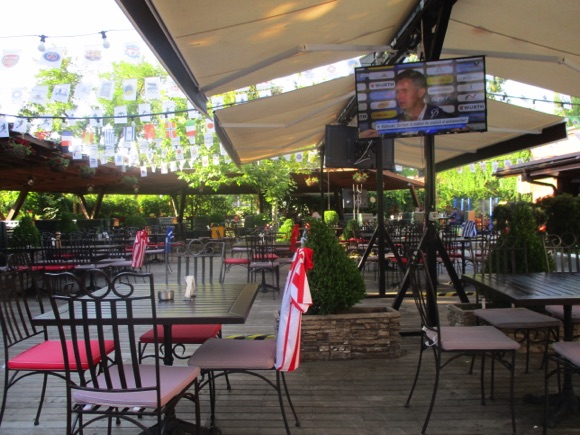

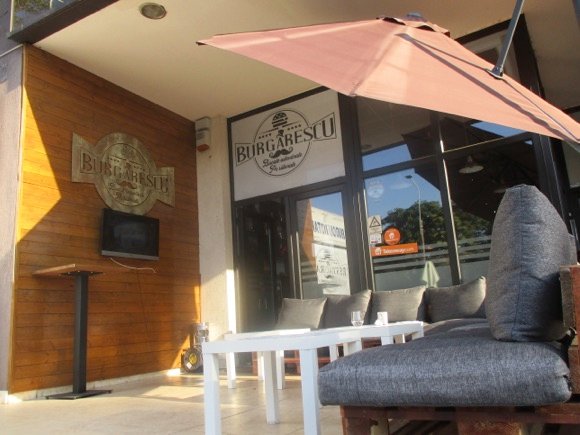


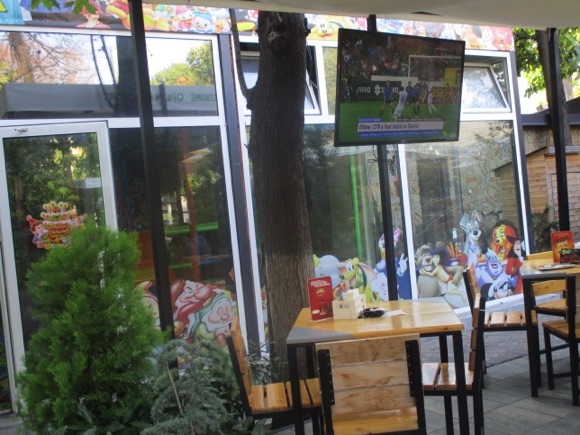
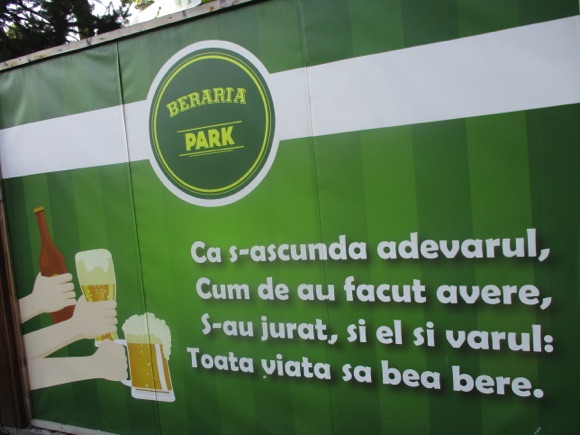
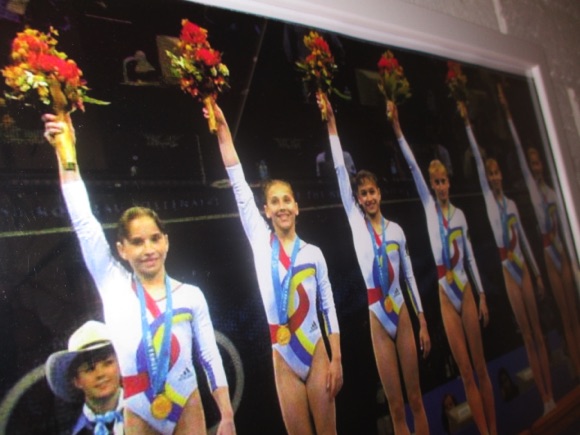
Options line Bulevardul Besarabia, the best being Burgarescu (No.80), where Carlsberg, Staropramen and local Bucur beers are served on a sun-catching terrace with a TV, and, on the Arena side, the Berăria Park (No.37-39), a large beer garden done out in Tuborg green. Signature beer cocktails (21 lei/€4.30) come with white rum and grilled platters (99/179 lei/€20/€37) can be shared between several hungry people.
Just past the stadium, Champions serves its purpose perfectly, TV screens inside and out, and a pictorial history of Romanian sport on the walls.




